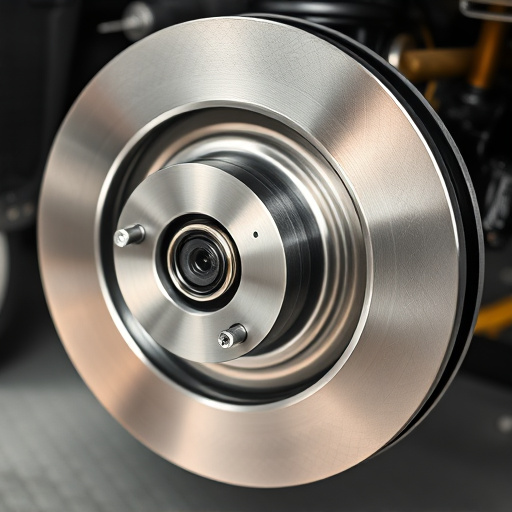By 2025, stomach hair removal goes beyond aesthetics, with a range of effective solutions driven by consumer demand. While laser hair removal remains popular, other methods like intense pulsed light (IPL), electrolysis, depilatory creams, and aesthetic treatments like microdermabrasion offer viable alternatives. Personalized skincare routines and professional consultations are crucial for optimizing outcomes and minimizing risks, especially considering variations in skin tone, hair color, and thickness.
Is laser treatment still the go-to for stomach hair removal in 2025? While it was once the leading method, evolving trends and technologies have introduced new options. This article delves into the world of stomach hair removal, exploring popular techniques like laser, along with its promise and potential drawbacks. We also uncover alternative methods, providing a comprehensive guide to help you choose the best stomach hair removal solution for your needs in the current market.
- Understanding Stomach Hair Removal: Trends and Techniques in 2025
- The Promise and Perils of Laser Treatment for Stomach Hair
- Exploring Alternatives: Effective Stomach Hair Removal Options Beyond Laser
Understanding Stomach Hair Removal: Trends and Techniques in 2025

In 2025, understanding stomach hair removal goes beyond mere aesthetics; it’s a blend of advanced technologies and evolving consumer preferences. The market is witnessing a surge in demand for effective, long-lasting solutions to manage unwanted hair on the stomach—a trend driven by increasing lifestyle consciousness and accessibility to at-home treatments. Among the myriad techniques available, laser hair removal stands out for its precision and non-invasive nature.
This year, lasers are not just targeted at facial treatments; they’re also revolutionizing skin care routines for various body parts, including the stomach. While traditional methods offer temporary relief, modern laser technologies promise permanent results by targeting the hair follicle itself. Additionally, advancements in skincare have integrated pore refinement and skin tightening into some procedures, providing a holistic approach to stomach hair removal that combines safety, convenience, and remarkable outcomes.
The Promise and Perils of Laser Treatment for Stomach Hair

Laser treatment for stomach hair removal has gained traction in recent years, promising a permanent solution to unwanted hair. This non-invasive procedure utilizes concentrated light energy to target and destroy hair follicles, effectively reducing hair growth over time. The allure lies in its potential to offer a lasting, convenient alternative to traditional methods like shaving or waxing. However, as with any cosmetic procedure, there are perils to consider.
While laser treatments can be effective for some individuals, results may vary greatly. Factors like skin tone, hair color, and the thickness of the hair play significant roles in determining success rates. Moreover, side effects such as redness, swelling, and temporary sensitivity are common, with more severe reactions possible in rare cases. Personalized skincare approaches, tailored to an individual’s unique needs, can enhance the effectiveness and mitigate risks associated with laser stomach hair removal. Other procedures like facial treatments or skin brightening might even complement this method, but it’s crucial to consult professionals for informed decisions.
Exploring Alternatives: Effective Stomach Hair Removal Options Beyond Laser

While laser hair removal has been a popular choice for many years, exploring alternatives for stomach hair removal is crucial in 2025. There are several effective methods beyond lasers that offer permanent solutions or significant reductions in hair growth. For instance, intense pulsed light (IPL) devices provide a more affordable and accessible option, targeting the melanin in the hair follicle to inhibit future growth.
Another promising area is non-surgical treatments, such as electrolysis and depilatory creams. Electrolysis involves inserting fine needles into each hair follicle and delivering a small electrical current to destroy the follicle, making it a long-lasting solution. Depilatory creams, on the other hand, offer a temporary but convenient option for those seeking quick results. Additionally, aesthetic treatments like microdermabrasion and chemical peels can also aid in reducing hair thickness and texture, providing a smoother, softer skin surface.
By 2025, the landscape of stomach hair removal has evolved significantly, with laser treatment being a prominent yet not universally optimal solution. While it offers targeted and long-lasting results, it may not be suitable for all skin types or hair colors. Exploring alternatives like electrolysis or advanced depilatory creams becomes increasingly important, providing diverse options to cater to individual needs. Ultimately, the best method depends on personal preferences, budget, and dermatological considerations. Staying informed about emerging trends ensures folks can make educated choices for effective stomach hair removal.














